Evren Catak
Mitigating Attacks on Artificial Intelligence-based Spectrum Sensing for Cellular Network Signals
Sep 27, 2022
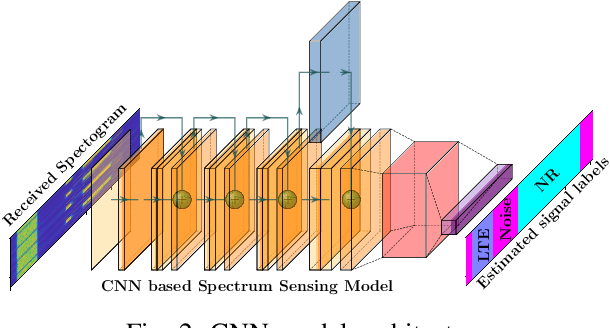
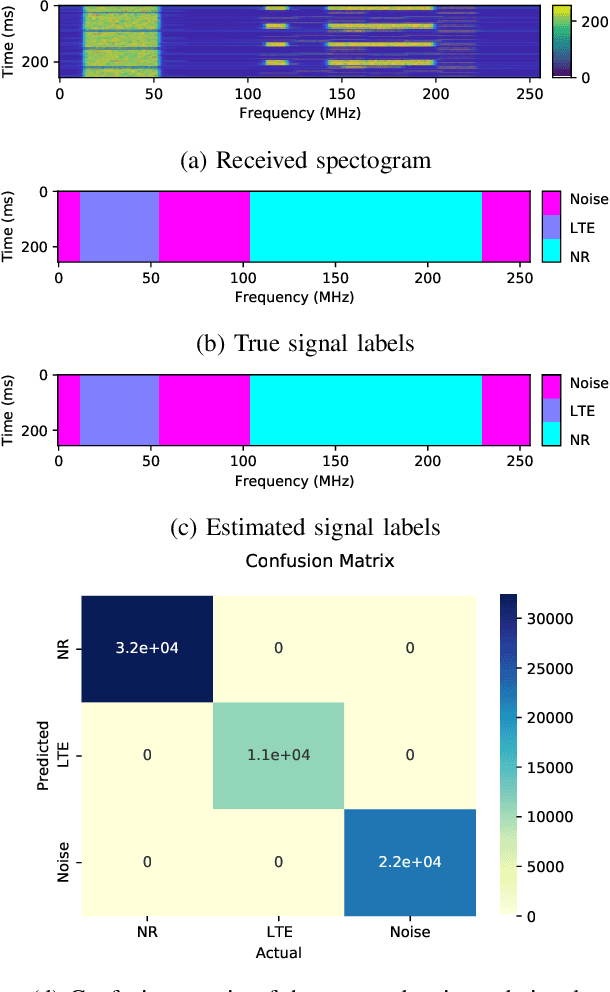
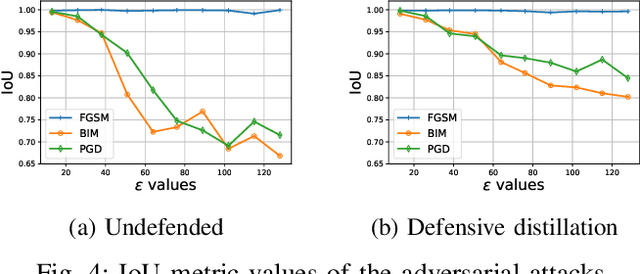
Abstract:Cellular networks (LTE, 5G, and beyond) are dramatically growing with high demand from consumers and more promising than the other wireless networks with advanced telecommunication technologies. The main goal of these networks is to connect billions of devices, systems, and users with high-speed data transmission, high cell capacity, and low latency, as well as to support a wide range of new applications, such as virtual reality, metaverse, telehealth, online education, autonomous and flying vehicles, advanced manufacturing, and many more. To achieve these goals, spectrum sensing has been paid more attention, along with new approaches using artificial intelligence (AI) methods for spectrum management in cellular networks. This paper provides a vulnerability analysis of spectrum sensing approaches using AI-based semantic segmentation models for identifying cellular network signals under adversarial attacks with and without defensive distillation methods. The results showed that mitigation methods can significantly reduce the vulnerabilities of AI-based spectrum sensing models against adversarial attacks.
Defensive Distillation based Adversarial Attacks Mitigation Method for Channel Estimation using Deep Learning Models in Next-Generation Wireless Networks
Aug 12, 2022
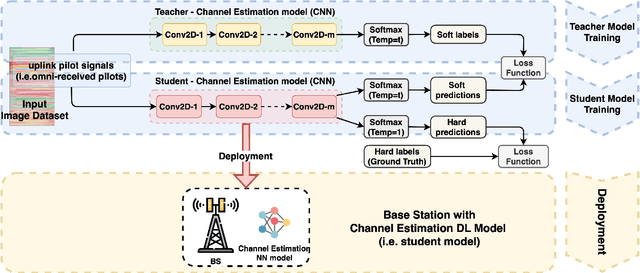
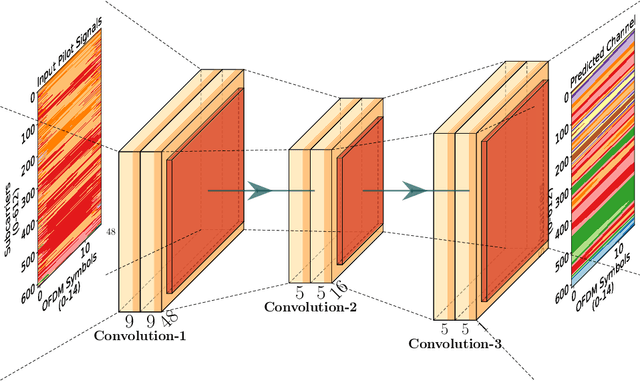
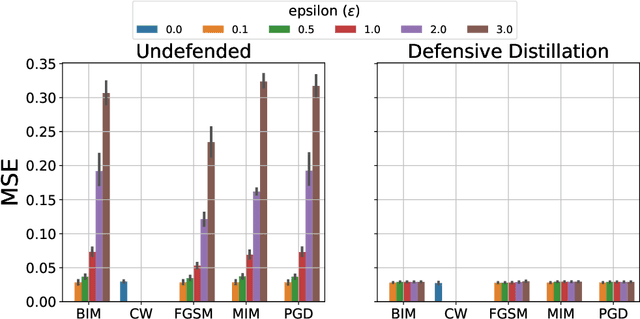
Abstract:Future wireless networks (5G and beyond) are the vision of forthcoming cellular systems, connecting billions of devices and people together. In the last decades, cellular networks have been dramatically growth with advanced telecommunication technologies for high-speed data transmission, high cell capacity, and low latency. The main goal of those technologies is to support a wide range of new applications, such as virtual reality, metaverse, telehealth, online education, autonomous and flying vehicles, smart cities, smart grids, advanced manufacturing, and many more. The key motivation of NextG networks is to meet the high demand for those applications by improving and optimizing network functions. Artificial Intelligence (AI) has a high potential to achieve these requirements by being integrated in applications throughout all layers of the network. However, the security concerns on network functions of NextG using AI-based models, i.e., model poising, have not been investigated deeply. Therefore, it needs to design efficient mitigation techniques and secure solutions for NextG networks using AI-based methods. This paper proposes a comprehensive vulnerability analysis of deep learning (DL)-based channel estimation models trained with the dataset obtained from MATLAB's 5G toolbox for adversarial attacks and defensive distillation-based mitigation methods. The adversarial attacks produce faulty results by manipulating trained DL-based models for channel estimation in NextG networks, while making models more robust against any attacks through mitigation methods. This paper also presents the performance of the proposed defensive distillation mitigation method for each adversarial attack against the channel estimation model. The results indicated that the proposed mitigation method can defend the DL-based channel estimation models against adversarial attacks in NextG networks.
The Adversarial Security Mitigations of mmWave Beamforming Prediction Models using Defensive Distillation and Adversarial Retraining
Feb 16, 2022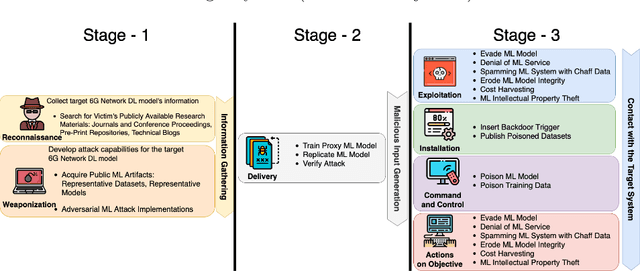


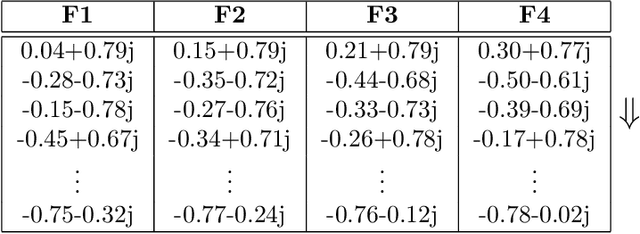
Abstract:The design of a security scheme for beamforming prediction is critical for next-generation wireless networks (5G, 6G, and beyond). However, there is no consensus about protecting the beamforming prediction using deep learning algorithms in these networks. This paper presents the security vulnerabilities in deep learning for beamforming prediction using deep neural networks (DNNs) in 6G wireless networks, which treats the beamforming prediction as a multi-output regression problem. It is indicated that the initial DNN model is vulnerable against adversarial attacks, such as Fast Gradient Sign Method (FGSM), Basic Iterative Method (BIM), Projected Gradient Descent (PGD), and Momentum Iterative Method (MIM), because the initial DNN model is sensitive to the perturbations of the adversarial samples of the training data. This study also offers two mitigation methods, such as adversarial training and defensive distillation, for adversarial attacks against artificial intelligence (AI)-based models used in the millimeter-wave (mmWave) beamforming prediction. Furthermore, the proposed scheme can be used in situations where the data are corrupted due to the adversarial examples in the training data. Experimental results show that the proposed methods effectively defend the DNN models against adversarial attacks in next-generation wireless networks.
Security Concerns on Machine Learning Solutions for 6G Networks in mmWave Beam Prediction
May 09, 2021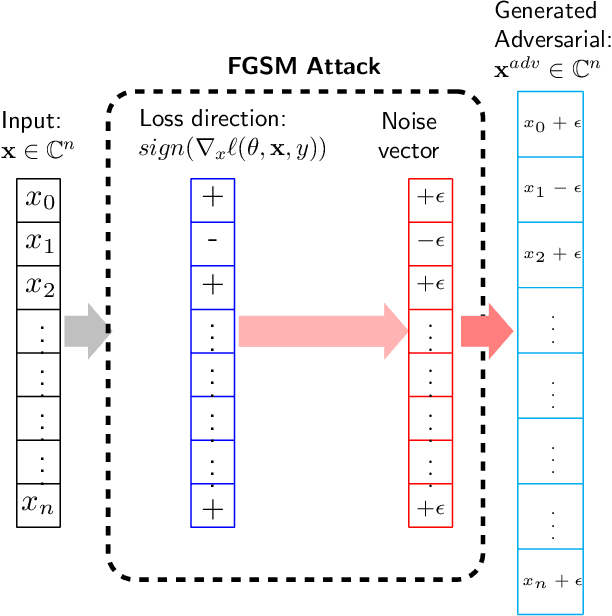


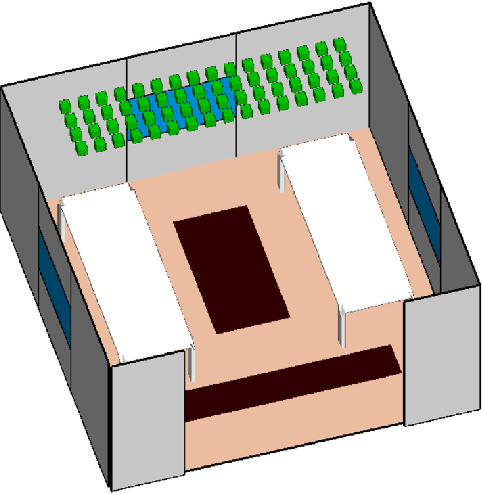
Abstract:6G -- sixth generation -- is the latest cellular technology currently under development for wireless communication systems. In recent years, machine learning algorithms have been applied widely in various fields, such as healthcare, transportation, energy, autonomous car, and many more. Those algorithms have been also using in communication technologies to improve the system performance in terms of frequency spectrum usage, latency, and security. With the rapid developments of machine learning techniques, especially deep learning, it is critical to take the security concern into account when applying the algorithms. While machine learning algorithms offer significant advantages for 6G networks, security concerns on Artificial Intelligent (AI) models is typically ignored by the scientific community so far. However, security is also a vital part of the AI algorithms, this is because the AI model itself can be poisoned by attackers. This paper proposes a mitigation method for adversarial attacks against proposed 6G machine learning models for the millimeter-wave (mmWave) beam prediction using adversarial learning. The main idea behind adversarial attacks against machine learning models is to produce faulty results by manipulating trained deep learning models for 6G applications for mmWave beam prediction. We also present the adversarial learning mitigation method's performance for 6G security in mmWave beam prediction application with fast gradient sign method attack. The mean square errors (MSE) of the defended model under attack are very close to the undefended model without attack.
Adversarial Machine Learning Security Problems for 6G: mmWave Beam Prediction Use-Case
Mar 12, 2021



Abstract:6G is the next generation for the communication systems. In recent years, machine learning algorithms have been applied widely in various fields such as health, transportation, and the autonomous car. The predictive algorithms will be used in 6G problems. With the rapid developments of deep learning techniques, it is critical to take the security concern into account to apply the algorithms. While machine learning offers significant advantages for 6G, AI models' security is ignored. Since it has many applications in the real world, security is a vital part of the algorithms. This paper has proposed a mitigation method for adversarial attacks against proposed 6G machine learning models for the millimeter-wave (mmWave) beam prediction with adversarial learning. The main idea behind adversarial attacks against machine learning models is to produce faulty results by manipulating trained deep learning models for 6G applications for mmWave beam prediction use case. We have also presented the adversarial learning mitigation method's performance for 6G security in millimeter-wave beam prediction application with fast gradient sign method attack. The mean square errors of the defended model and undefended model are very close.
 Add to Chrome
Add to Chrome Add to Firefox
Add to Firefox Add to Edge
Add to Edge